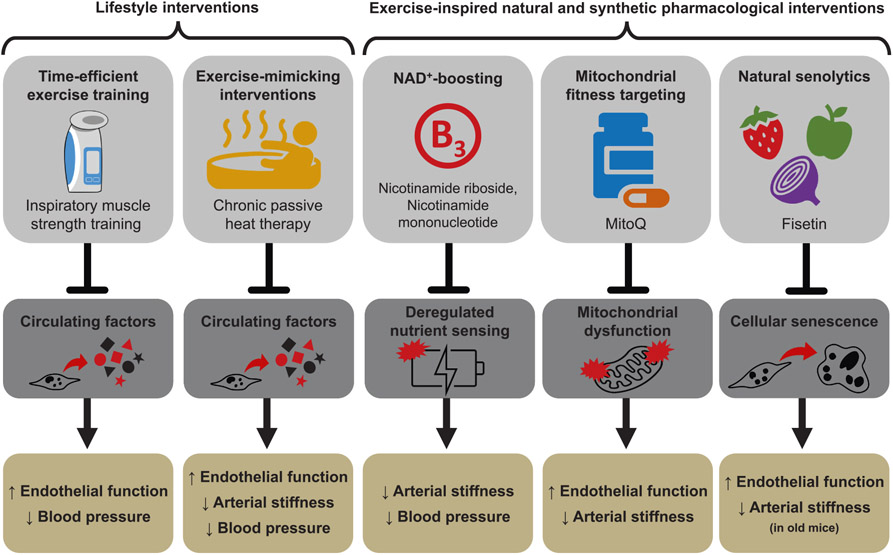Fig. 5. Strategies, target mechanism and cardiovascular outcome.
Due to the barriers of aerobic exercise, alternative strategies such as lifestyle interventions (i.e., inspiratory muscle strength training and chronic passive heat therapy) and “exercise-inspired” pharmacological interventions (i.e., nicotinamide riboside, nicotinamide mononucleotide, mitoquinol [MitoQ] and fisetin) are being studied to promote optimal cardiovascular (CV) aging. Based on published findings, these interventions improve CV outcomes (enhanced endothelial function, reduced arterial stiffness, and/or lower blood pressure) by targeting fundamental aging mechanisms, including 1) unfavorable changes to the circulating milieu; 2) dysregulation of nutrient sensing pathways; 3) decreased mitochondrial function; and 4) increased cellular senescence burden.

